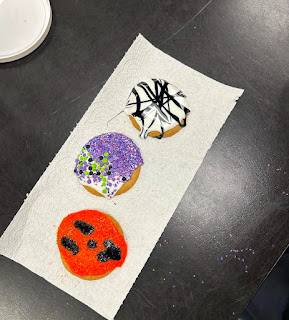The practice of musical quotation known as sampling has existed for decades, and with the recent rise of dubstep and other new forms of electronica, sampling has become increasingly common. Sampling, in which one musical artist takes a direct recording of another’s work and incorporates it into his own, is often criticized as a musical technique that does little to innovate and as an unoriginal excuse for music that relies on others’ work.
Many question the legal implications of using others’ works with or without credit. Freshman Justin Raman likened the issue to academic plagiarism. He said that he feels “that they’re infringing on the rights of original artists and their copyrighted music. I feel they must get permission.” One judge has pronounced the use of others’ sounds to be infringement, but a concept called “fair use” in the U.S. expands musicians’ rights. Under the “fair use” clause, “quoting from copyrighted works for purposes of criticism, commentary, and recontextualization” are not considered infringement, said Professor Kembrew McLeod in the Department of Communication at the University of Iowa.
Many other exceptions are made from copyright law for those using copyrighted content for parody, nonprofit work, comment, critique, and research. Even the U.S. Copyright Office admits that “the distinction between fair use and infringement may be unclear and not easily defined.”
Other students are wary of the practice’s effects on their own music and wallets. Junior Andreas Chai stated, “I…feel somewhat ripped off if the music is not substantially different to…[make up] the price of a new song.”
Sampling, however, plays an integral role in many genres of music. Chai noted that the song “Whatcha Say” by Jason Derülo makes heavy use of sampling. “I’m not sure if he credits it [He does]. That song, in my opinion, is a good example of a song that samples a piece of music, but does so in a way so as to progress the music culture. [As a result,] Jason Derülo became very popular overnight, along with his style of music.”
The practice that grew out of the hip-hop phenomenon in the 1980s sometimes comes under fire for overuse. Chai said, “Some samplings…are sampled way too often and become rather boring over time.” He cited a song by the Police that even made its way to P. Diddy.
Sophomore Shaunak Pandya seemed to encapsulate the core belief of the sample-inclined but sample-wary: “I don’t mind sampling—if they make it better than the old one, I guess it’s for the better.” Sophomore Emily Johnson echoed this belief. “I approve as long as the artist adds something creative to [the music]. Girl Talk, for example, makes his entire albums out of other people’s music, but he puts them together in a creative way. And I think that’s fine. [Childish] Gambino’s I Do Not Talk album is simply him rapping over other artist’s [sic] music, but he uses them to add his own thoughts, feelings, and commentaries, and it’s brilliant.”
Sampling is everywhere, and an important part of musical culture, from the intro to Queen’s “Under Pressure” showing up as the signature sound in “Ice Ice Baby” to the famous “Amen Break,” a six-second drum break-beat that’s been featured in more than 600 songs, according to whosampled.com, a site dedicated to finding the roots of sampled music. The beat, which is still recognizable today, is arguably one of the most important and least well known of all samples. There’s even an eighteen-minute Youtube video documentary with an extensive and very interesting history of this early sample.























